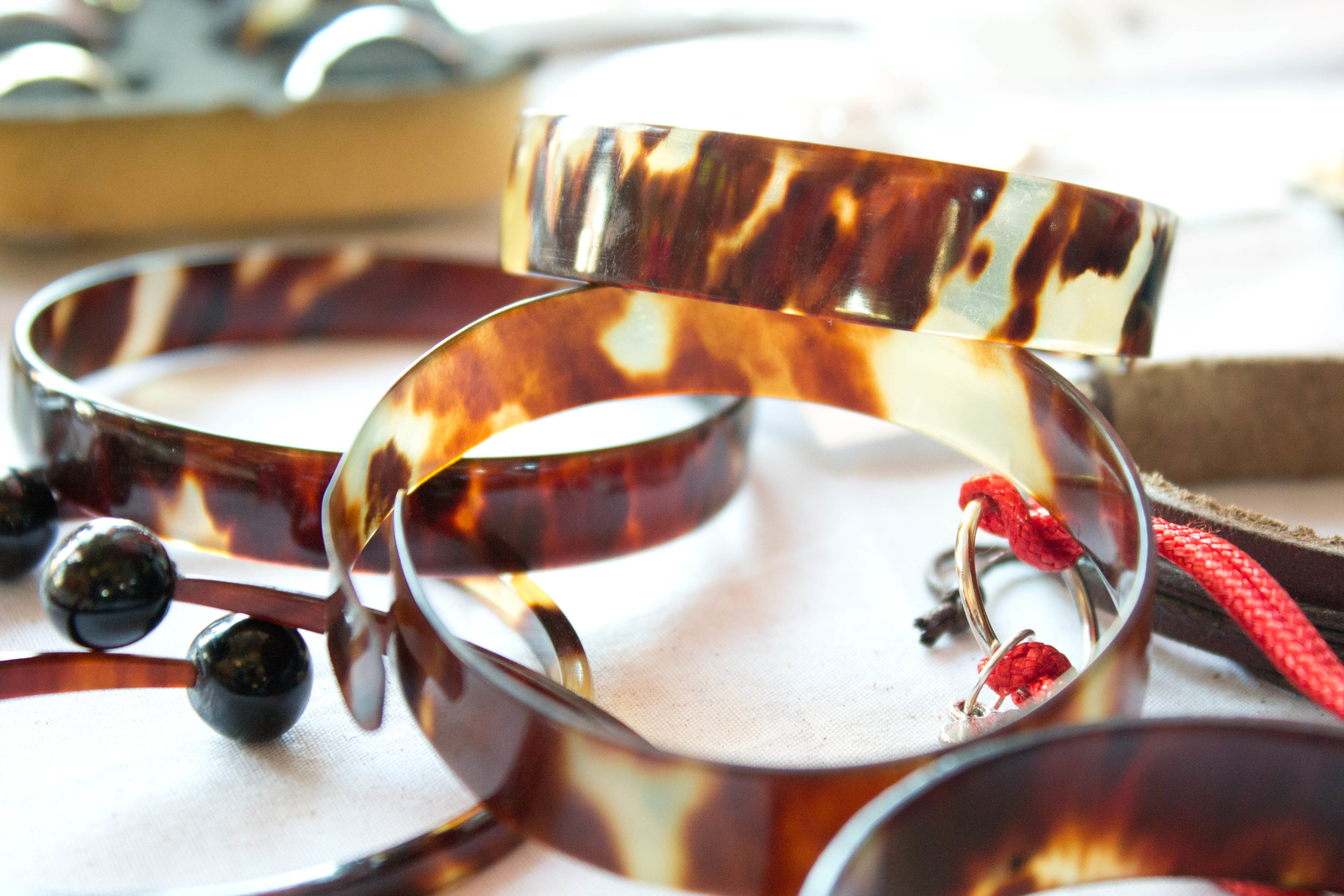
Turtleshell Trade
Hawksbill sea turtles are critical to the health of coral reefs by consuming sea sponges that compete with coral for space. They are also a favorite of snorkelers and divers and help draw visitors to spots around the world, helping local economies. But the beautiful shell of the hawksbill, used to hide in the colorful reefs, is also a big reason they are endangered. In many places, artisans take the hawksbill shell (also known as "tortoiseshell") to make jewelry and other products for sale to tourists.
Too Rare To Wear is a SEE Turtles a campaign that aims to end the demand for turtleshell products in Latin America by collaborating with tour operators and tourism organizations to educate travelers. Sign the pledge to avoid turtleshell products here.
History of The Trade
In 1977 the trade of hawksbill shell was prohibited by CITES, the Convention on International Trade in Endangered Species of Wild Fauna and Flora. CITES is an international agreement to which voluntary parties (countries) adhere to. At this time, hawksbills were listed on CITES Appendix 1 which includes species threatened with extinction. Appendix 1 allows for trade of hawksbills and their parts only as permitted in exceptional circumstances. Currently 183 parties are members of CITES.
In 1980, when it joined CITES, Japan took an exception to the hawksbill trade agreement and the turtleshell trade continued. Known for their bekko artistry dating back to 1700, it’s estimated that Japan imported two million turtles between 1950 and 1992 to supply the industry. Due to continued international pressure, Japan agreed to stop importing hawksbill shell in 1993, however stockpiles of shell remained. Stockpiled shell makes enforcement difficult as it’s nearly impossible to determine if confiscated shell is new or old stock. Because of this, some nations have pushed for the destruction of stockpiles, as other countries sit on their stockpiles awaiting the resumption of legal trade.
Illegal Trade Continues - Current Situation
Hawksbills are listed as Critically Endangered and in decline by the IUCN Red List. In the US they are listed as Endangered. Estimates suggest that only 15,000-20,000 nesting females remain worldwide, a fraction of their former population. Today the black market continues and according to the U.S. Fish & Wildlife Service, the Japanese bekko industry remains intact. Recent surveys in Latin America have shown the broad availability of these products; more than 10,000 turtleshell products were found in more than 200 stores in Latin America in our recent report Endangered Souvenirs. The US is the world’s second largest market for illegal wildlife products and tourists who purchase them abroad and bring them home often don’t realize they are contributing to the decline of a critically endangered species.
What Is SEE Turtles?
We're a non-profit organization that protects sea turtles through conservation travel and volunteer tours, educational programs, and Billion Baby Turtles. Our award-winning programs help save sea turtle hatchlings on important nesting beaches around the world, work with the tourism industry to end the turtleshell trade, and educate students and travelers about how to help save sea turtles.
Photos: Hal Brindley/TravelForWildlife.com


